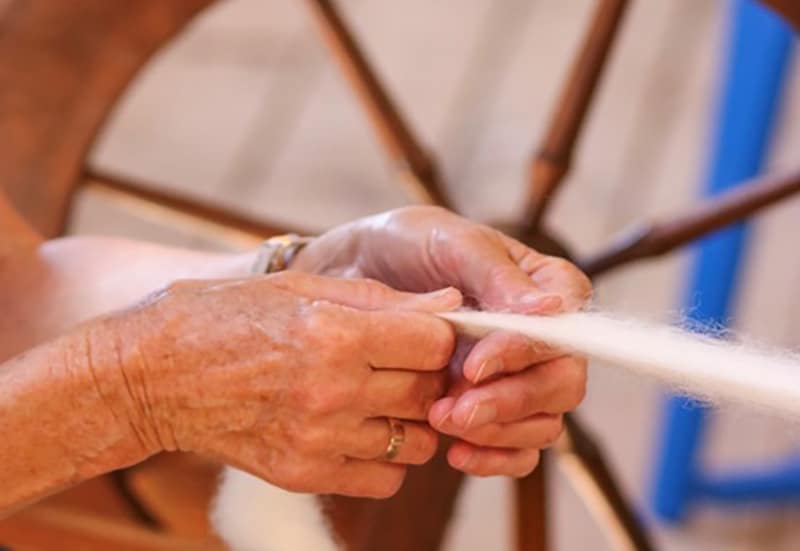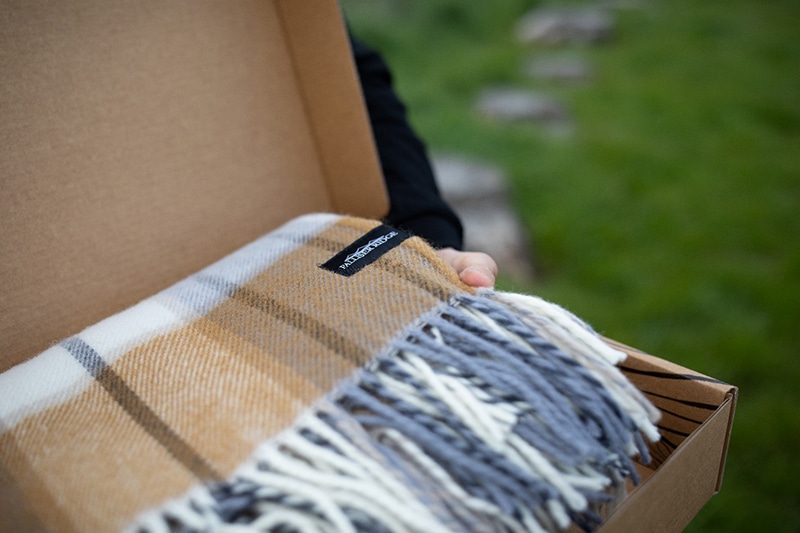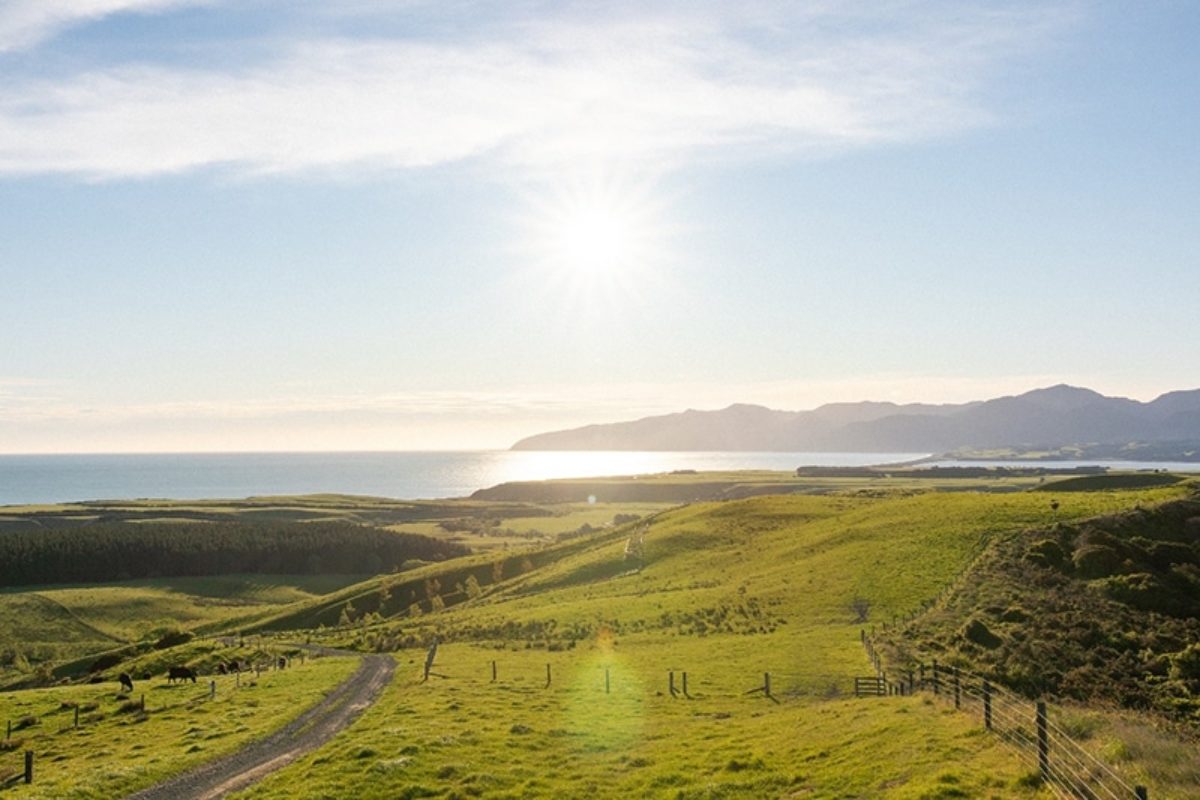The regenerative farming ethos is gaining momentum and Palliser Ridge is the latest farm in New Zealand to embrace the Savory Institute “Land to Market” programme.
For the past 20 years Palliser Ridge has been embracing a New Zealand regenerative approach to farming thanks to the farm owners Jim & Marilyn Law’s Vision and the enthusiasm of the manager and equity partners, Kurt & Lisa Portas. We are helping them measure, analyse and give tools to keep improving their farm by using the Ecological Outcome Verification programme, proving scientifically that they are making the local ecosystem better.

The EOV process
Ecological Outcome Verification™ or EOV™ gives the soil a voice; it collects data from producer farms and connects conscientious brands directly to supply from farms that are verified to be regenerating.
This data is comprised of key indicators of land regeneration, including soil health, biodiversity, and ecosystem function which in aggregate provide the Ecosystem Health Index (EHI). Farms undergo annual monitoring and those farms with a positively-trending EHI year on year receive EOV, which validates to the consumer that the produce from that property is from land which is regenerating.
EOV is designed to keep all of us — brands, land managers, and consumers — honest about the impact we are having on living landscapes. Based upon tangible outcomes rather than an inventory of farmer practices, EOV gives the land a voice of its own.
These outcomes also drive the questions that passionate farmers ask, and inform their real-time, daily management decisions. EOV is built for farmers first, providing fast feedback loops around land health indicators they can use and respond to, such as plant litter incorporation, dung decomposition, soil capping, and presence of desirable plant species.
EOV has been years in the making, with input from scientists, agronomists and land stewards around the world. It has a high degree of scientific rigor and through Savory’s Global Network has created one of the largest global databases for monitoring grassland health and associated ecosystem services on all continents — from the South African veld to the Argentine pampas to the Texas prairie.
Land To Market
Transparency in the food chain is now more important – and more in demand – than ever before.
Genuine concerns about the environment, animal welfare, and sustainability from the consumer are changing how farmers not only market themselves, but also their farming practices.
The Land To Market initiative allows consumers to see where their produce is coming from, down to the farm it was grown on, and whether that farm is regenerating the land as verified by EOV.
By using the EOV method, for the first time in history, we can let consumers know a product’s impact on the environment, with empirical evidence to back it up and give those conscious consumers the opportunity to influence land health through their purchasing dollar.
Photo Credit: Balance Farm Environment Awards
Palliser Ridge
Down in New Zealand’s South Wairarapa, you’ll find the Law and Portas families working together on Palliser Ridge, a 1500ha regenerative Sheep and Beef Station.
In one of the country’s most beautiful regions, hundreds of sheep dot the landscape.
Palliser Ridge was the Supreme Winner for the Greater Wellington Region Farm Environment Awards in 2019, and it’s not hard to see why.
Treating their livestock with respect, compassion and dignity, the result is a happy farm for both people and animals.
The family-owned farm is continuously introducing regenerative farming principles to their operation and improving ecological outcomes, which is why EOV is such an important step.
Owners and Directors Jim and Marilyn Law want their farm to meet the highest of ethical and welfare standards, and they are happy to open the farm up to visitors!
Tourists can come and stay on the farm for an authentic off-grid experience or attend one of the many fascinating classes held on the farm. From wool dying to spinning classes, there’s something for everyone who’s interested in farm life!
Palliser Ridge looks to become an early Market Partner of the Land to Market programme in Aotearoa New Zealand and have now completed the baseline evaluation of the EOV programme.
Beef and Lamb
Palliser Ridge is already providing some of their beef and lamb through a local butcher shop, adding value to their wool through the sale of woollen blankets/throws and other woollen products directly from the farm.
Palliser Ridge is proud to offer free-range and naturally produced prime lamb.
Their lambs are grown on the hills overlooking Palliser Bay on the South Coast of New Zealand’s North Island, where they feed on grass and herb forages.
The lambs are reared on Palliser Ridge until they are hand-selected to head off to a family-owned local business to be processed.
This helps Palliser maintain the credibility and traceability of their lamb produce.

Producing wool at Palliser Ridge
Palliser Ridge shears 6,000 ewes twice a year and 9,000 lambs once a year, producing roughly 40,000kgs of wool annually!
The wool that is taken off the lambs is well-suited for blankets and outer garments such as cardigans, jerseys, scarves and hats, as well as products like insulation and carpet.
Partnerships with fellow New Zealand businesses will allow for larger scale production of Palliser Ridge wool, for both home and international markets.
With such a large production of wool for so many different products, it’s important to the farm to show where the wool came from, how the sheep were shorn, and how well the animals have been treated.
Anyone who spends time on this farm will walk away knowing the values of the families running it, their commitment to the land, the livestock, and the people.

New Zealand farmers are changing to regenerative practices
There is a rumbling in and around the townships and farms of Aotearoa New Zealand and it’s getting louder.
Most farmers take their role of kaitiakitanga very seriously and are interested in ways to improve the health of land and soil. Constant improvement is the way forward rather than maintaining the landscape.
Regenerative farming, EOV and Land To Market are all becoming more commonplace as topics for conversation, and it’s not hard to see why.
Just like Palliser Ridge, many farms want to be completely open about their practices, showing consumers they are regenerating their land and exactly where their food is coming from.
By focusing on the constant improvement of our soils, increased productivity and biological diversity, you can not only maintain the land, but you’ll be well placed for a future that focuses on the whole ecosystem .
Regenerative farming with EOV as the scientific backbone can help all farms large and small into effective, productive, and ethical success stories.
We can help you take the next steps in regenerative farming, just like we’re helping Palliser Ridge.
If you would like to know more about EOV or how you could join us in the new farming revolution, please don’t hesitate to contact us.



